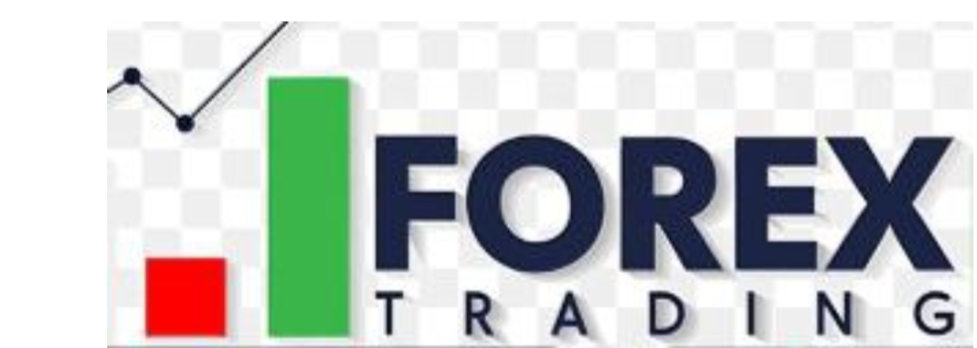Forex Trading Myths Debunked
Forex trading, also known as foreign exchange trading, involves the buying and selling of currencies on the foreign exchange market with the aim of making a profit. While forex trading can be lucrative for some, there are several myths and misconceptions surrounding it that need to be debunked:
1. Forex Trading is a Get-Rich-Quick Scheme: One of the most common misconceptions is that forex trading is a quick way to get rich. In reality, successful forex trading requires a significant amount of education, experience, and discipline. It's not a guaranteed path to wealth, and many traders lose money due to lack of understanding and poor risk management.
2. It's Easy to Predict Currency Movements: Some people believe that they can easily predict currency movements based on intuition or gut feelings. However, the forex market is highly complex and influenced by a wide range of factors, including economic data, geopolitical events, central bank policies, and market sentiment. Predicting currency movements accurately requires in-depth analysis and a thorough understanding of these factors.
3. Forex Trading is Gambling: While there is an element of risk involved in forex trading, it's not purely based on luck or chance like gambling. Successful forex traders rely on analysis, strategy, and risk management techniques to make informed trading decisions. They don't simply place trades randomly and hope for the best.
4. You Need a Large Amount of Capital to Start: Another misconception is that you need a large amount of capital to start forex trading. While having more capital can provide greater flexibility and potentially higher profits, it's possible to start trading forex with a relatively small amount of money. Many brokers offer leverage, which allows traders to control larger positions with a smaller amount of capital. However, it's important to use leverage cautiously, as it can also amplify losses.
5. Forex Trading is Only for Financial Experts: While having a background in finance or economics can be helpful, you don't need to be a financial expert to trade forex successfully. With access to educational resources, online courses, and demo accounts, anyone can learn the basics of forex trading and develop the necessary skills over time.
6. Forex Trading is Risk-Free: Some people mistakenly believe that forex trading is risk-free, especially when using demo accounts or automated trading systems. However, all forms of trading involve risk, and it's possible to lose money in the forex market, regardless of your level of experience or the tools you use. It's important to understand and manage the risks associated with forex trading responsibly.
In summary, forex trading is a legitimate financial activity that offers opportunities for profit, but it's not without risks. It requires education, practice, discipline, and risk management to succeed. By debunking these myths and understanding the realities of forex trading, aspiring traders can make more informed decisions and increase their chances of success in the market.Now lets get into what forex trading encompasses below.
Types of Forex Trading
Forex trading encompasses various strategies and approaches that traders use to speculate on currency exchange rate movements. Here are some common types of forex trading:
1. Day Trading: Day trading involves opening and closing trades within the same trading day, with the goal of profiting from short-term price movements. Day traders typically use technical analysis and leverage short-term price fluctuations to make quick trades.
2. Swing Trading: Swing trading aims to capture medium-term price movements in the forex market. Traders hold positions for several days to weeks, seeking to profit from trends or price swings. Swing traders often use a combination of technical and fundamental analysis to identify potential trading opportunities.
3. Position Trading: Position trading involves holding trades for an extended period, ranging from weeks to months or even years. Position traders typically base their decisions on long-term fundamental factors such as economic indicators, central bank policies, and geopolitical events.
4. Scalping: Scalping is a high-frequency trading strategy where traders aim to make small profits from numerous trades executed within a short time frame, often seconds to minutes. Scalpers capitalize on small price movements and rely heavily on technical analysis and fast execution to enter and exit
5. Algorithmic Trading (Automated Trading): Algorithmic trading involves using computer programs or algorithms to execute trades automatically based on pre-defined criteria. These algorithms analyze market data and execute trades without human intervention. Algorithmic trading strategies can vary widely, from high-frequency trading to trend following and statistical arbitrage.
6. News Trading: News trading involves exploiting price movements triggered by significant economic or geopolitical news releases. Traders closely monitor economic calendars and news feeds to anticipate market reactions to key announcements such as central bank decisions, GDP reports, or employment data.
7. Carry Trading: Carry trading involves borrowing funds in a currency with a low interest rate and investing in a currency with a higher interest rate to profit from the interest rate differential. Carry traders aim to capture both capital appreciation and interest rate differentials, but they must be mindful of currency risk and potential losses if exchange rates move against them.
8. Hedging: Hedging is a risk management strategy where traders open positions to offset potential losses in their primary positions. Forex traders often use hedging to protect against adverse market movements or currency exposure, particularly in volatile or uncertain market conditions.
These are just a few examples of the various types of forex trading strategies and approaches employed by traders in the foreign exchange market. Each strategy has its own advantages, risks, and suitability depending on factors such as trading style, risk tolerance, and market conditions. Traders may also combine multiple strategies or develop their own customized approaches to suit their preferences and objectives.












